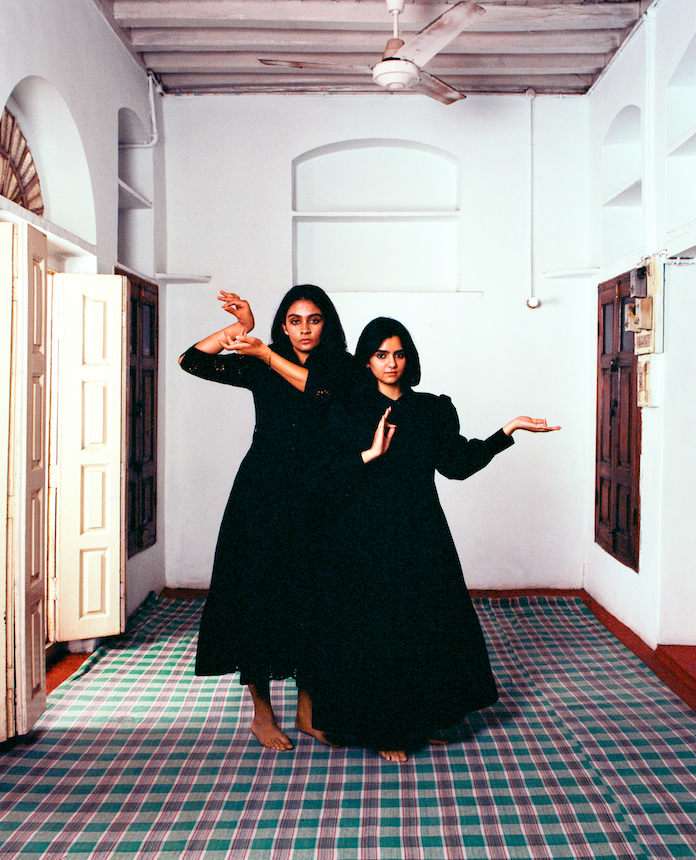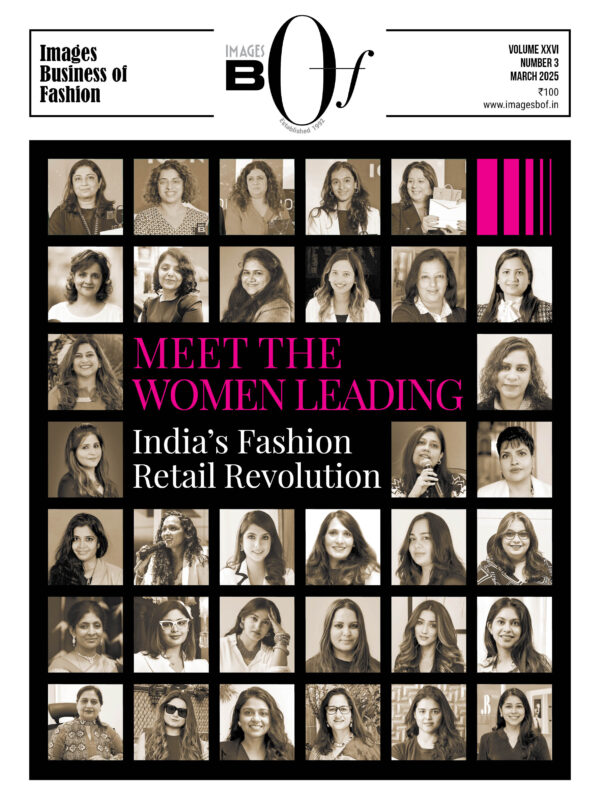Fashion has always been personal, but now more than ever, people are using it as a means to express themselves. The idea of telling a story through clothing is not simply growing, but becoming a powerful global movement.
Gone are the days when shoppers simply picked clothes off the rack without a second thought. Today, they care about where their clothes come from, the story behind the brand, and the fabrics used.
One brand leading this shift is Past Modern. Founded by 24-year-old entrepreneur Shivang Chandna, Past Modern blends the past with the present. With this mission, Chandna is creating clothing that is timeless, something people can connect with as an extension of their identity. He believes trends fade quickly, but true style lasts, and that’s what his brand strives for.
What began as a college passion project has grown into a full-fledged brand, credited to years of hard work and innovation by Chandna. Currently selling mainly through its own website, Past Modern aims to reach ₹3-4 crore in revenue by the end of this year. The brand has become a favourite on Instagram, with many influencers and celebrities donning its products for its unique style.
IMAGES Business of Fashion spoke with Shivang Chandna, Founder & Creative Director, Past Modern, about his brand’s philosophy, how it began, and his vision for the future.
Conception of the Brand
Past Modern was born when Chandna went to the University of Michigan, USA, for his education. He studied Economics and Math with no plans to enter the fashion industry. However, being away from home made him miss his home country, sparking a deep interest in its history, art, textiles, and cinema. To reconnect with his roots, he took courses in Indian history, which shaped his understanding of the past. Believing that clothing is a powerful form of expression, he wanted to blend his knowledge of history with modern fashion.

His first design was a pair of dhoti-inspired denim trousers. When he wore them in college, they caught people’s attention, and soon, he started receiving orders. “That’s when things took off. I realised there was a market for this idea,” he said.
Chandna sees Past Modern as more than just a clothing brand—it’s a way to celebrate India’s history and culture. “The brand’s purpose is to educate people, with fashion as the medium,” he explains. His goal is to create garments that highlight India’s rich heritage in a way that appeals to a global audience.
Currently, around 85% of Past Modern’s customers are women, primarily between the ages of 24 and 44. The brand’s price range falls between ₹2,500 and ₹25,000. Menswear is still a small part of its offerings, as it was introduced more recently.
Market Presence
E-commerce is Past Modern’s biggest sales channel. The brand recently launched on Myntra and Ajio, where it is seeing strong traction. Geographically, Maharashtra is its largest market, followed by Delhi, Hyderabad, and Bangalore. The brand also performs well in southern states due to its summer-friendly fabrics, primarily targeting Tier 1 and Tier 2 cities.
This fall, Past Modern will host a pop-up in New York, where the brand first gained recognition. “The global market responds well to our products, and we’ve already seen international orders through our website,” Chandna notes.
Storytelling as Brand Identity
When Chandna started Past Modern, he immersed himself in Indian culture, which naturally shaped his approach to brand awareness. For him, storytelling and education are key. “When you wear an Amrita Sher-Gil T-shirt, you’re not just wearing a design—you’re starting a conversation about who she was and her story,” he explains.
He believes that in a crowded fashion market, a brand must carve out its own voice. “The best way to promote a brand is by explaining its ethos—where you come from and why you exist. Every brand is selling a product, but when you convey the emotion behind it, the product becomes an extension of that,” he says. As part of the brand building initiative, Past Modern uses social media to highlight various aspects of Indian heritage, including artists, filmmakers, and other creatives.

To further deepen this engagement, the brand launched a podcast this year, featuring conversations with professionals from different fields like architecture, music, and entrepreneurship.
However, he adds that brand loyalty ultimately depends on product quality.
Past Modern has achieved a 30% repeat customer rate year on year. Many customers refer the brand to others, owing to high-quality packaging and excellent post-sale service, he says.
Growth Vision
As a fully bootstrapped brand, Past Modern aims to be in a position to seek funding by next year. Chandna has also set a goal of opening a physical store by 2026.
In the long run, he aims to expand beyond fashion into categories like jewellery, scents, leather, and footwear. “India is known for so much more than just clothing. My vision is to bring the Past Modern touch to all of these categories,” Chandna explains.
Fashion, Culture, and Timeless Design
Chandna believes that in a globalised world, people are increasingly seeking timeless pieces that reflect their identity. “Consumers are becoming more mindful of their purchases, not just for ecological reasons but also because they want products that feel personal and meaningful,” he explains.
With this shift toward lasting and unique designs, brands like Past Modern, which have a clear cultural ethos, resonate deeply with their audience. “When a brand aligns with an individual’s cultural identity, it creates a lasting connection. But if a brand simply chases trends, everything is short-lived,” he adds.
Connecting Gen Z to Cultural Heritage
Younger generations are less familiar with traditional Indian textiles and craftsmanship compared to older generations. “Our mothers grew up knowing fabrics like Chanderi, Ajrakh block prints, or Kani embroidery because that knowledge was passed down. But younger people today aren’t as aware,” Chandna says. His goal is to instill pride in these rich traditions.
“Once they (younger generations) understand the history and craftsmanship behind these textiles, they’ll appreciate and want to wear them. For instance, instead of a ₹40,000 Gucci or LV scarf, you could own a beautifully handcrafted shawl for half the price—something unique and made just for you,” he concludes.



